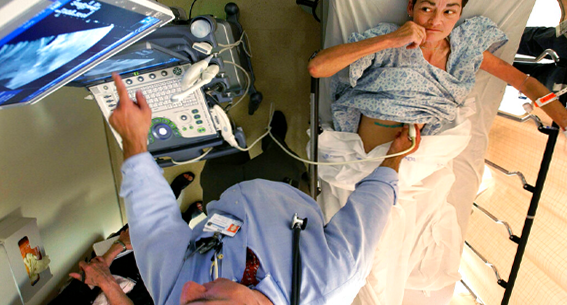Ninjawiz500
New Member
- Joined
- Mar 6, 2022
- Messages
- 6
- Reaction score
- 1
Hey,
I am going to start M1 in the US this year and I am fairly interested in EM at this point. Post-residency, I would like to be able to work in overseas countries for some period of time (mainly Commonwealth countries, ie. NZ, Australia, Canada, etc.) which typically have 5 year EM training. Does anyone know if it is reasonable to apply only to 4 year EM residencies (ie. Are there a reasonable number of not insanely competitive options), or to spend an extra year in a 3 year program somehow?
Thanks for the help.
I am going to start M1 in the US this year and I am fairly interested in EM at this point. Post-residency, I would like to be able to work in overseas countries for some period of time (mainly Commonwealth countries, ie. NZ, Australia, Canada, etc.) which typically have 5 year EM training. Does anyone know if it is reasonable to apply only to 4 year EM residencies (ie. Are there a reasonable number of not insanely competitive options), or to spend an extra year in a 3 year program somehow?
Thanks for the help.

